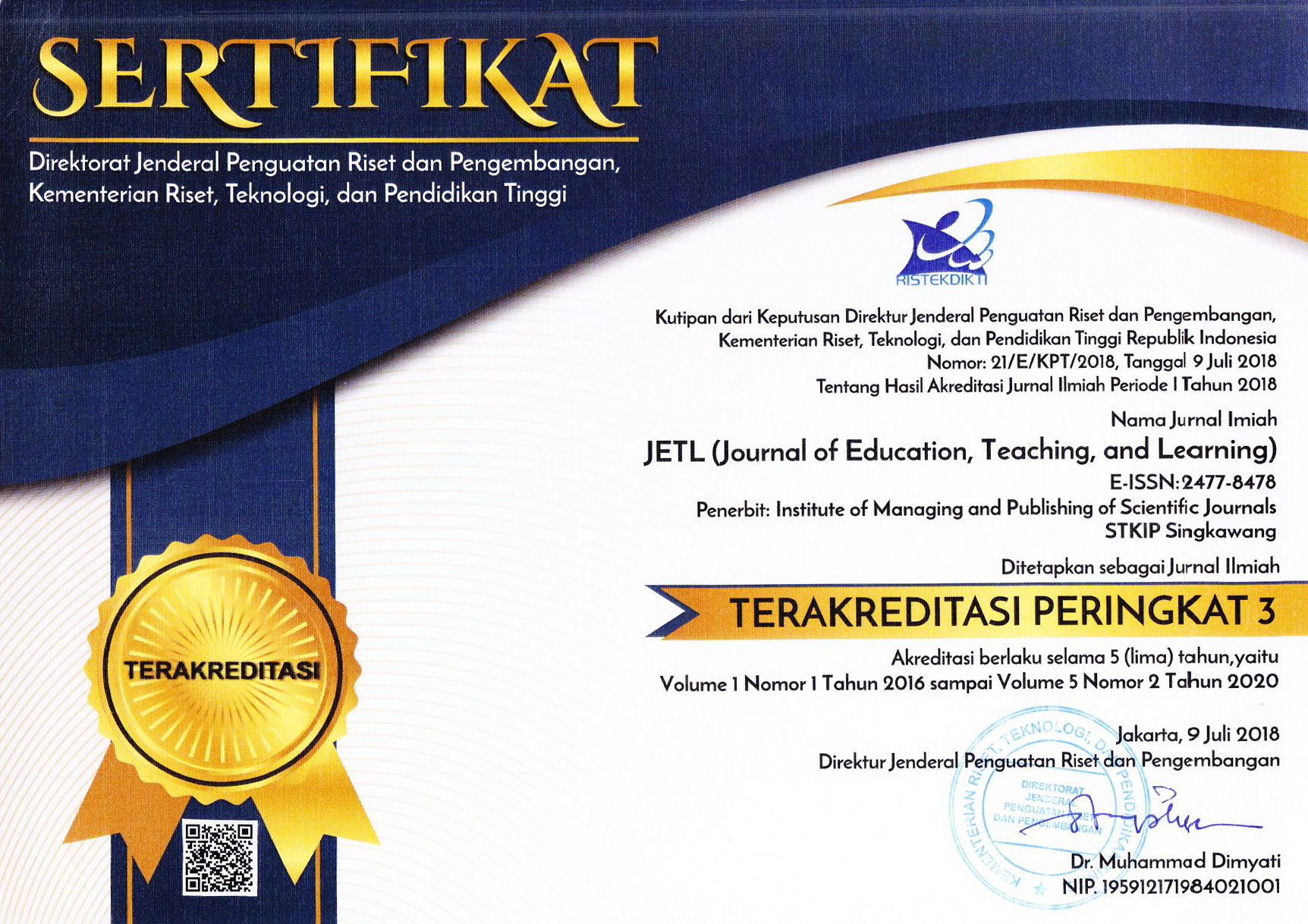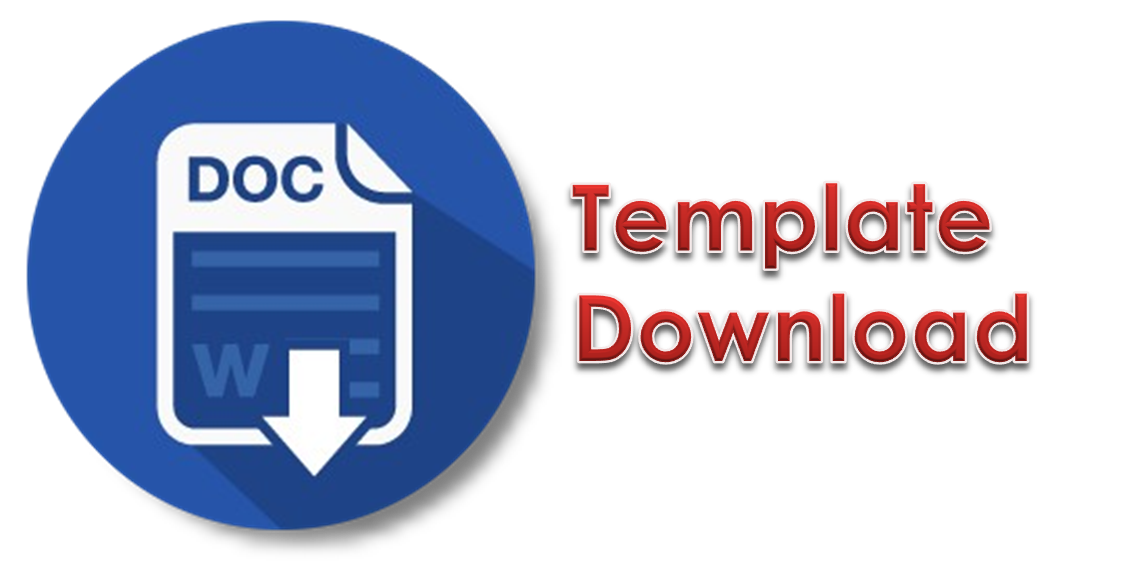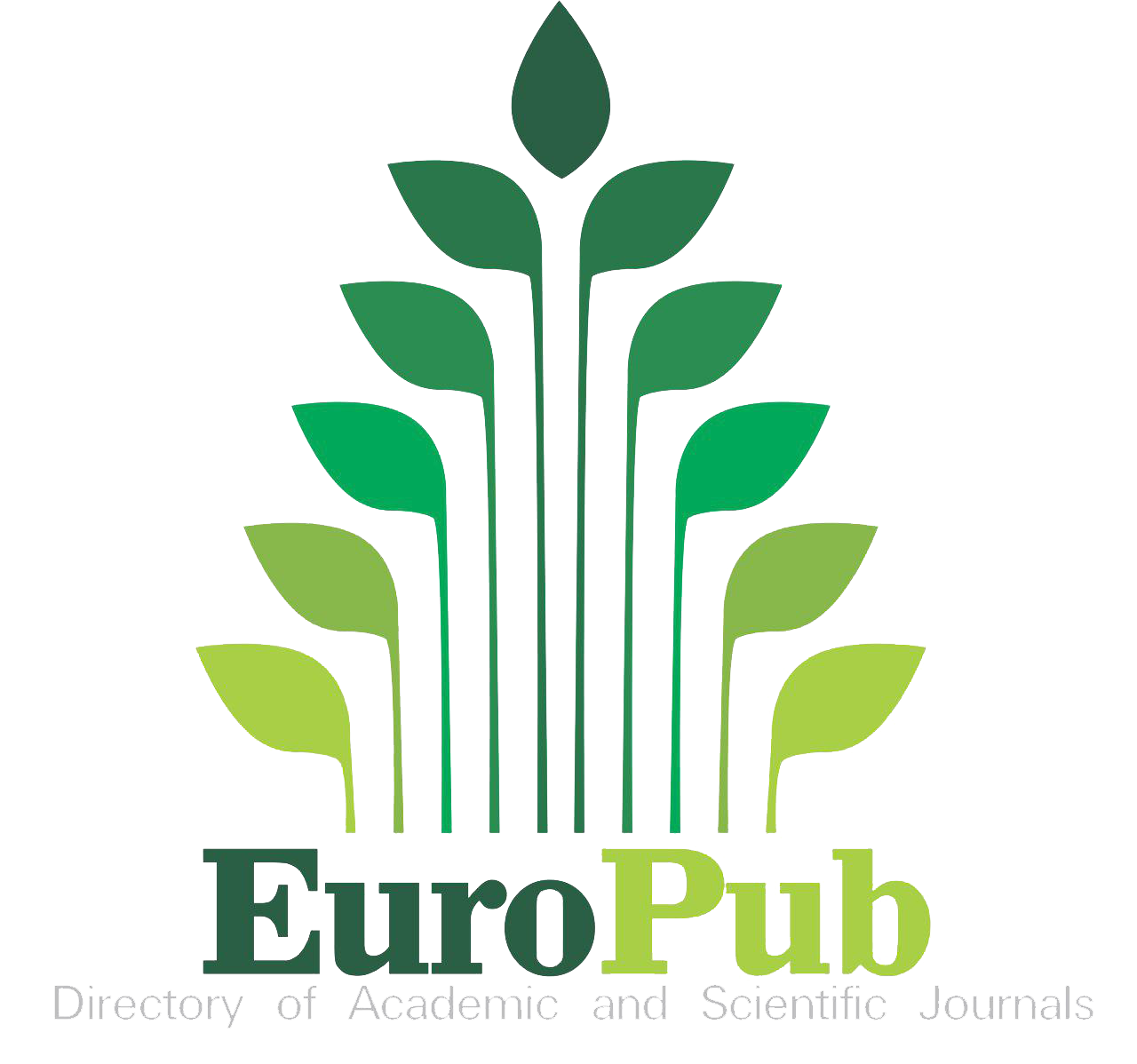A Study of Effective Dual Language Program Models for Non-Native Spanish Speakers
Abstract
Keywords
Full Text:
PDFReferences
Acosta, J., Williams III, J., & Hunt, B. (2019). Dual Language Program Models and English Language Learners: An Analysis of the Literacy Results from a 50/50 and a 90/10 Model in Two California Schools. Journal of Educational Issues, 5(2), 1. https://doi.org/10.5296/jei.v5i2.14747
Bilingual Education - What is the definition? Renaissance. (n.d.). https://www.renaissance.com/edwords/bilingual-education/
Billy, R. J. F., & Garríguez, C. M. (2019). Dual Language: A Combined Dual Language Framework for Implementation: A 90/10 and 50/50 Model Design. English Language Teaching, 12(10), 108-117. https://librarysftp.whitworth.edu:2443/login?url=https://www-proquest-com.librarysftp.whitworth.edu:2443/scholarly-journals/dual-language-combined-framework-implementation/docview/2461128197/se-2?accountid=1149
Cole, S. J. (2015). Student achievement for English language learners and non-English language learners: Dual language, traditional bilingual, and all English programs (10076040). Available from ProQuest Dissertations & Theses Global. (1777609489). Retrieved from https://librarysftp.whitworth.edu:2443/login?url=https://search.proquest.com/docview/1777609489?accountid=1149
Collier, V. P., & Thomas, W. P. (2003). The Multiple Benefits of Dual Language. Educational Leadership, 61(2), 1–7. https://www.ascd.org/ASCD/pdf/journals/ed_lead/el200310_thomas.pdf
Collier, V. P., & Wayne P. Thomas. (2020). Why Dual Language Works for Everyone, PK-12. Multilingual Educator, 2-4. https://www.gocabe.org/wp-content/uploads/2020/02/CABE-ME-MAG2020WEB.pdf
Dual Language Immersion Planning Guide. California Association for Bilingual Education. (n.d.). https://di.gocabe.org/
Fortune, T. W., & Tedick, D. J. (2015). Oral Proficiency Assessment of English-Proficient K-8 Spanish Immersion Students. The Modern Language Journal, 99(4), 637–655. https://doi.org/10.1111/modl.12275
Glossary of Terms Related to Dual Language/TWI in the United States. Center for Applied Linguistics. (2016). https://www.cal.org/twi/glossary.htm
Goldenberg, C., & Wagner, K. (2015). Bilingual Education: Reviving an American Tradition. American Educator. https://www.aft.org/ae/fall2015/goldenberg_wagner
Henderson, K. I., & Palmer, D. K. (2020). Dual language bilingual education: Teacher cases and perspectives on large-scale implementation. Google Books. Channel View Publications. https://www.google.com/books/edition/Dual_Language_Bilingual_Education/C7fbDwAAQBAJ?hl=en&gbpv=0
Howard, E. R., & Sugarman, J. (2009). Program Models and the Language of Initial Literacy in Two-Way Immersion Programs. Center for Applied Linguistics. https://www.cal.org/twi/initialliteracy.pdf
Neumann, N. A. (2020). Practical Findings for Implementing a Dual Language Immersion Program: Where does my district start? Multilingual Educator, 40–42. https://www.gocabe.org/wp-content/uploads/2020/02/CABE-ME-MAG2020WEB.pdf
Shoreline Public Schools. (n.d.). Dual Language/Dual Language Program. https://www.shorelineschools.org/Domain/1096
Watzinger-Tharp, J., Tharp, D. S., & Rubio, F. (2021). Sustaining Dual Language Immersion: Partner Language Outcomes in a Statewide Program. The Modern Language Journal, 105(1), 194–217. https://doi.org/10.1111/modl.12694
What are BICS and CALP? Colorín Colorado. (2019, May 10). https://www.colorincolorado.org/faq/what-are-bics-and-calp
DOI: http://dx.doi.org/10.26737/jetl.v9i1.4227
Refbacks
- There are currently no refbacks.

This work is licensed under a Creative Commons Attribution-NonCommercial 4.0 International License.
Published by:
Institute of Managing and Publishing of Scientific Journals STKIP Singkawang
Sekolah Tinggi Keguruan dan Ilmu Pendidikan (STKIP) Singkawang
Address : STKIP Singkawang, Jalan STKIP - Kelurahan Naram Singkawang, Kalimantan Barat, INDONESIA, 79251
No. Telp. : +62562 420 0344
No. Fax. : +62562 420 0584
JETL (Journal of Education, Teaching, and Learning)
e-ISSN : 2477-8478
p-ISSN : 2477-5924

Editor in Chief Contact: [email protected] / Wa: +6282142072788
Publisher Contact: [email protected] / Wa: +6282142072788
Management Tools
JETL Indexed by:
JETL (Journal of Education, Teaching, and Learning) is licensed under a Creative Commons Attribution-NonCommercial 4.0 International License.











